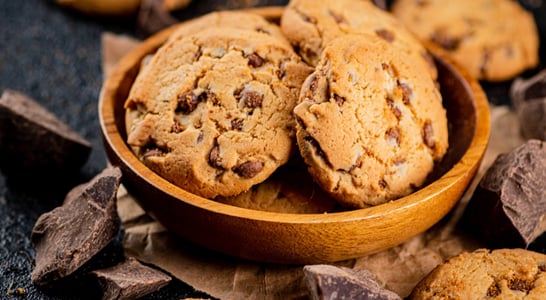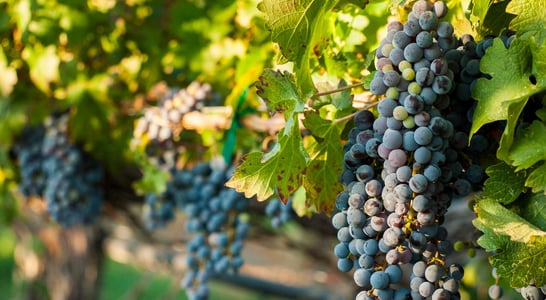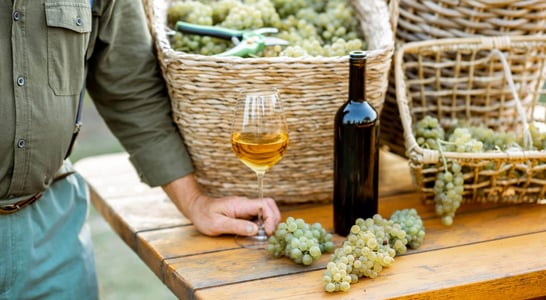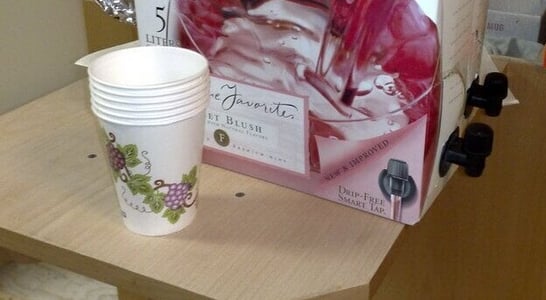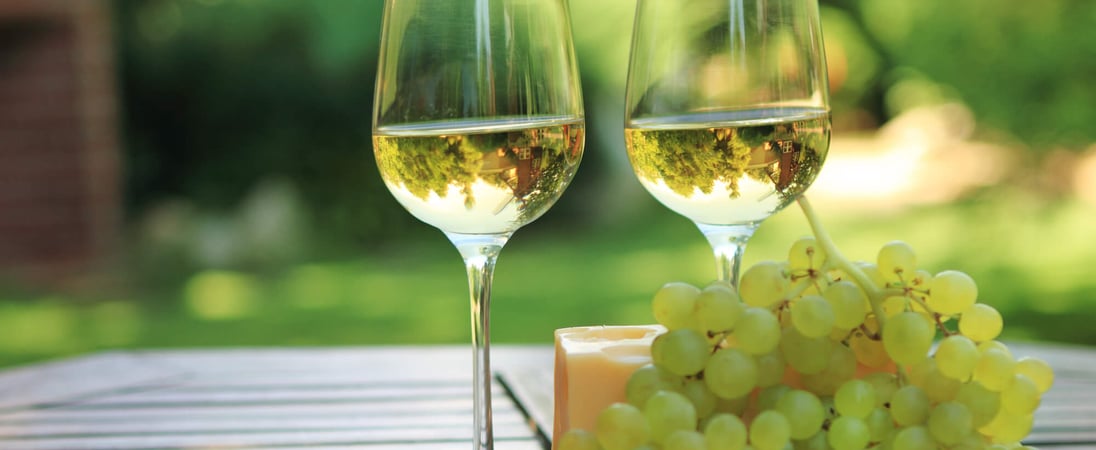
National White Wine Day
Sipping on that chilled, light and refreshing beverage is like a delightful escape to a relaxing oasis. Cheers to good times!
The discovery of a wine is of greater moment than the discovery of a constellation. The universe is too full of stars.
Benjamin Franklin
There is a positive rainbow of wines in the world, but none so sweet and fair as those that are deemed white.
Make no mistake, white wines are rarely if ever truly white in color, but instead are beautiful varieties of straw-yellow, gold, or yellow-green. National White Wine Day was created to help celebrate this wine that stands out from all others.
How to Celebrate National White Wine Day
The best way to celebrate National White Wine Day is to get together with your friends and gather together your favorite vintages of white wine.
Once you’ve got all the ones you’re familiar with, why not get a few more so that you can broaden your palette. Have a friend who loves wine? Why not surprise them with a bottle to enjoy?
While you’re at it, research the best pairings for white wine and prepare an entire meal centered around them, and don’t forget dessert! National White Wine Day is the kind of day we celebrate all year long!
You could even celebrate this date by making your own white wine, such as a luxe bottle of champagne. We won’t lie, though: the process of making champagne is complex. The vital steps are as follows…
Choosing the cuvee – This is the base wine that is chosen to make the champagne.
Assemblage – This involves creating a base wine by blending still white wines.
The second fermentation – Yeast nutrient, yeast and sugar is added to the base wine, which is then put inside a sealed glass bottle to ferment.
Aging – After the second fermentation, champagne will be aged for a number of years in order to enhance the flavour.
Riddling – Riddling is the process of removing the dead yeast cells.
Disgorging – This step ensures that you are left with clear champagne. The bottle is stored upside down and an ice-salt bath is used to freeze the neck so that a plug of wine that is frozen and has the dead yeast cells is created.
Adding Dosage – Sugar, brandy and white wine is added to top up the bottle and alter sweetness.
Corking – Last on the list; the bottle is corked.
If you do not want all of this hassle, you could simply purchase one of the make your own wine kits that are available from retailers today.
Learn About National White Wine Day
National White Wine Day has been created so that we can pay tribute to this amazing alcoholic beverage.
For many years, white wine has been the choice of drink for so many people. From Pinot Grigio to Chardonnay; there are so many different varieties to choose from.
Whether you enjoy a glass of wine on an evening in front of the tea or you enjoy pairing different types of wine with your meals; this is a day for you to indulge in white wine and not feel guilty about it!
History of National White Wine Day
The earliest evidence we have of wine indicates that it was being made as early as 7500 years ago in what is now Iran.
We are fairly certain that the birth of wine dates a good long while before this, but no archaeological evidence has been able to determine precisely when.
What we do know is that ever since its creation it has held a place of high esteem in society, being used in holy rituals and traded among the noble and wealthy. It has been deemed a gift worthy of Kings and Queens, and its vintages have been hoarded in dark cool places like ancient treasures.
White wine comprises the largest percentage of wines made in Germany and Switzerland, and the northern half of France is also known for its broad variety of white wines.
They are considered to be some of the most delicious wines and are often paired with fish. In Catalonia, in fact, there is a special sort of white wine known as Cava, and champagne itself is truly a sparkling white wine that is only produced in the Champagne province of France.
National White Wine Day celebrates the antiquity of this golden wine and encourages us all to appreciate it throughout the year.
Of course, Champagne is the most well-known form of white wine, and it has been around for many years now. There have been vineyards in the Champagne region since the beginning of our era and it was the Romans that actually introduced grape-growing here.
They identified the uniqueness of the soil in the area, which comes from the sloping landscape, chalky subsoil and oceanic climate. Nevertheless, champagne as we know it did not appear until the 17th century, prior to this the vineyards were used to produce both rose and red wines.
During the 17th century people began to master the natural effervescence of the local wine. Champagne was the wine of the Kings during this period and it is still associated with luxury and extravagance today, although you don’t have to be a royal to drink it.
In the 19th century champagne houses were booming and this drink spread to the aristocratic elite. It hasn’t even been one hundred years since individuals of all classes began to enjoy the drink, as Champagne mania reached a more diverse crowd from 1945 onwards.
National White Wine Day FAQs
What is the significance of the Georgian qvevri in white wine production?
In Georgia, winemakers have used qvevri—large clay vessels buried underground—for over 6,000 years to ferment and store wine.
This ancient method imparts unique flavors and textures to white wines, distinguishing them from those produced using modern techniques.
How do the Champenois traditionally serve champagne, and why?
In France’s Champagne region, locals often serve champagne in tulip or white wine glasses instead of flutes.
This practice allows the wine’s aromas to develop fully, enhancing the tasting experience.
Additionally, they prefer to open bottles with a gentle sigh rather than a loud pop, reflecting a more subdued appreciation of the beverage.
Are there any phobias associated with wine?
Yes, some individuals experience oenophobia, an irrational fear or anxiety related to wine. While uncommon, it highlights the diverse psychological associations people can have with alcoholic beverages.
What is a Nebuchadnezzar in the context of white wine?
A Nebuchadnezzar is a large wine bottle size holding 15 liters, equivalent to 20 standard bottles. Such grand bottles are often used for celebratory events and make a striking statement at gatherings.
How does the serving temperature affect the taste of white wine?
Serving white wine at the proper temperature, typically between 45-50°F (7-10°C), enhances its flavor profile.
Over-chilling can mute the wine’s aromas and flavors, while serving it too warm may result in a loss of its refreshing qualities.
What are some unconventional food pairings with white wine?
While white wine is traditionally paired with lighter dishes, certain varieties complement richer foods.
For instance, a full-bodied Chardonnay can pair well with grilled meats, and a sweet Riesling might balance the heat of spicy Asian cuisine, showcasing the versatility of white wines.
How did the Romans influence white wine consumption?
The Romans introduced the practice of drinking cool white wine in the summer and warm wine in the winter.
This seasonal approach to wine consumption has influenced drinking habits in various cultures throughout history.
What is the origin of the term “toasting” with wine?
The tradition of toasting dates back to ancient Rome, where a piece of toasted bread was dropped into wine to temper undesirable flavors.
Over time, the act evolved into raising a glass in honor or celebration, becoming the “toast” we know today.
How does the color of white wine vary, and what influences it?
White wines can range from pale straw to deep gold. Factors influencing the color include the grape variety, skin contact during fermentation, and aging processes.
For example, wines aged in oak barrels may develop a richer hue compared to those aged in stainless steel.
What role does white wine play in religious or cultural ceremonies?
White wine holds significance in various traditions. In Christian liturgy, it represents purity and is used in sacraments.
In Georgian culture, wine is central to the supra, a traditional feast featuring numerous toasts and communal bonding, underscoring wine’s role in social and spiritual life.
Also on ...
View all holidaysHooray for Kids Day
Little explorers, full of curiosity, boundless energy, and a knack for turning everyday objects into extraordinary adventures and laughter.
National Chocolate Chip Cookie Day
Soft, gooey dough studded with sweet morsels of delight, fresh from the oven - a timeless treat that's sure to satisfy your sweet tooth.
Single Working Women’s Day
Tell all the single working women in your life how much you respect and appreciate them. If you’re a single working woman, treat yourself to something nice.
We think you may also like...
Cabernet Franc Day
Savoring a glass of this wine variety unveils a world of rich flavors and unique characteristics, making each sip a delightful journey.

